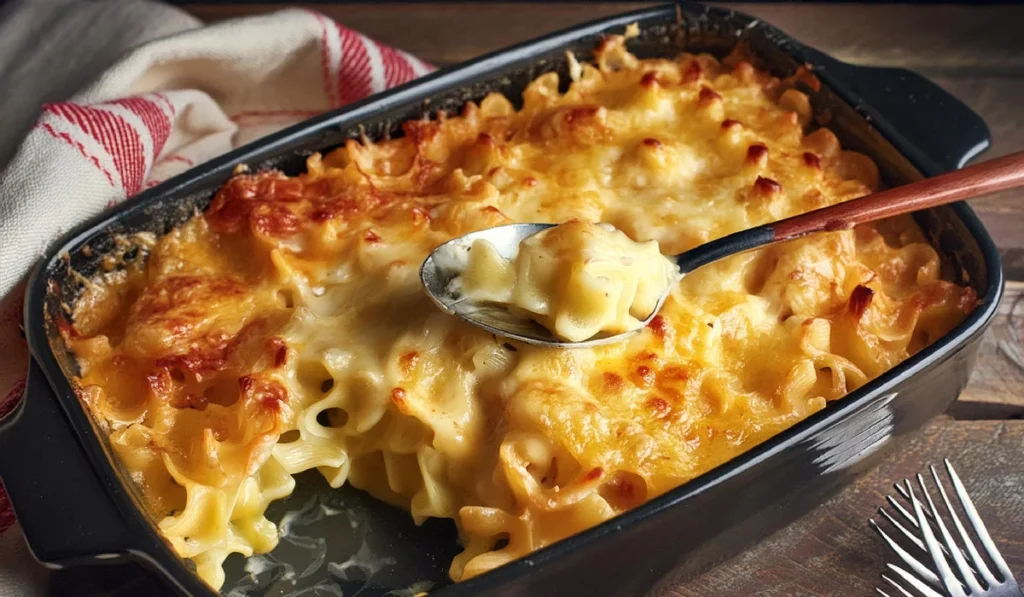You know the feeling. It’s been a long day. The wind is howling outside, or maybe you’re just in need of a culinary hug. You crave a meal that is more than just sustenance; you crave warmth, nostalgia, and deep, uncomplicated satisfaction. Your mind drifts to a bowl of pasta, but not just any pasta. You dream of something silkier, richer, and more profoundly comforting than the usual weeknight spaghetti.
What you’re craving, whether you know it or not, is Mannacote.
Pronounced mahn-nah-CO-tay, this isn’t a new shape from a trendy artisanal factory. It’s not even a specific type of noodle. Mannacote is a technique, a secret passed down through generations of Italian nonnas, and it holds the key to the most luxurious, restaurant-quality pasta sauce you can make at home.
So, What Exactly Is Mannacote?
Translated from Italian, manna means “manna” (a divine, life-sustaining food) and cote is a dialectal term for “water.” Put simply, Mannacote is the magic that happens when you reserve the starchy, cloudy water your pasta cooks in and use it to create a velvety, emulsified sauce.
Think of it as the alchemy of simplicity. That cloudy water is liquid gold, filled with released starch from the pasta. When added to your sauce—whether it’s a simple aglio e olio, a vibrant pesto, or a rich carbonara—and agitated over heat, it works its magic. The starch acts as a natural emulsifier, binding the water and fat together, creating a sauce that is cohesive, glossy, and clings to every single noodle instead of pooling sadly at the bottom of your bowl.
The Science of Comfort
Why does this technique feel so indulgent? It’s a textural masterpiece. Mannacote transforms a sauce from simply sitting on pasta to becoming one with the pasta. Each strand of spaghetti, each twist of fusilli, is perfectly coated. The result is a smoother, creamier mouthfeel without needing to add actual cream or heaps of cheese. It’s the reason why the cacio e pepe from your favorite trattoria tastes so impossibly good and why your homemade version sometimes turns out clumpy. They know the secret of the water.
How to Harness the Magic: A Simple Guide
The beauty of Mannacote is its breathtaking simplicity. You can start using this technique tonight.
- Cook Your Pasta: Always cook your pasta in a generous amount of well-salted water. This ensures you have plenty of starchy water to work with. Importantly, do not add oil to your cooking water—it will prevent the sauce from adhering to the pasta later.
- Reserve the Gold: Just before your pasta is al dente, grab a mug or a measuring cup and scoop out about a cup of the cloudy pasta water.
- Combine and Create: In your pan with your prepared sauce (have your sautéed garlic and oil ready, or your crushed tomatoes simmering), add the almost-cooked pasta directly from the pot.
- The Final Dance: Add a splash of the reserved pasta water. Over a medium-low heat, toss and swirl the pasta vigorously. Watch as the water, sauce, and pasta starch come together into a glossy, unified sauce. Add more pasta water a little at a time until you achieve a beautiful, silky consistency that coats the back of a spoon.
- The Finish: Turn off the heat, add a final knob of butter or a sprinkle of cheese, and give it one last toss. This mantecatura (the final off-heat emulsification) adds an extra layer of richness.
The Pasta Dish of Your Dreams Awaits
Mannacote elevates every single pasta dish:
- Aglio e Olio: Transforms from a simple garlic oil into a luxurious, creamy sauce.
- Pesto: Prevents it from separating, creating a vibrant, velvety green cloak for your pasta.
- Cacio e Pepe & Carbonara: This is where the technique is non-negotiable. It’s the fundamental step that creates the signature creamy, cheesy sauce without any curdling.
- Tomato Sauce: Helps a simple marinara cling to rigatoni for a more cohesive bite.
Mannacote is the quiet hero of the pasta world. It’s the difference between a good pasta dish and a great one; between a simple meal and a genuine comfort food experience. It’s the secret you’ve been tasting in your favorite Italian meals and the technique you’ve been craving in your own kitchen.

